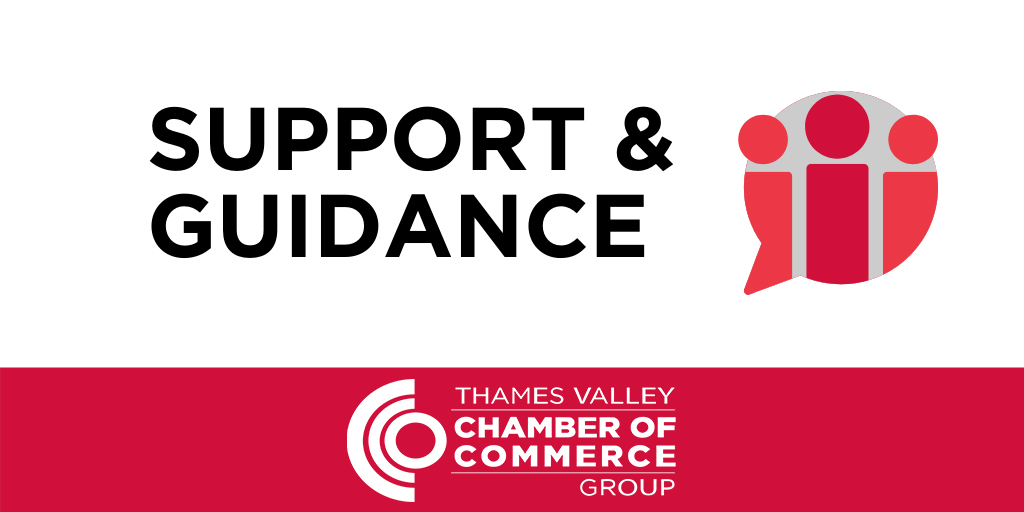Since the employer’s guidance from HMRC on the Job Retention Scheme was first published on 26 March 2020 it has gone through five revisions, the most recent update being on the 20 April 2020 (the previous revision had only taken place three days previously on 17 April 2020). It should also be noted that 20 April 2020 was also the go-live date of the online portal employers use to claim under the scheme. There is also a portal for employees and members of the public to report suspected fraud or abuses of the scheme. Given the pace at which this scheme has been devised and implemented it is likely to have proved a challenge to keep abreast of recent developments. Here is a brief summary of the most significant changes contained in the most recent versions of the guidance.
The decision to extend the temporary Job Retention Scheme by a month to 30 June 2020 (from 31 May 2020) was communicated with little fanfare. However, it should provide sufficient time for collective consultation where over twenty redundancies are contemplated. When agreeing to furlough employees it has been known from the outset that confirmation of the decision has to be communicated to the employee in writing (and a record of the communication should be kept for five years). The most recent iteration of the guidance added that if the confirmation in writing is “done in a way that is consistent with employment law” the consent is valid for claiming back under the scheme, although there is no explanation as to what this means. The guidance also clarified that the employee does not need to provide a written response to the employer’s communication.
Further clarification has been added regarding employees on fixed-term contracts, specifically that fixed-term contracts which would have ended, without extension or renewal, on or before 19 March 2020 will not qualify for a grant once the contract has ended. In addition to the guidance an online calculator has been added to allow employers to calculate the amounts that will be needed to be included when claiming under the scheme. A ‘step-by-step’ guide was also published on 17 April 2020 the timing of publication presumably was so it would be available when the portal was launched. Conclusion Now that the portal is in use it may be tempting to assume that there will be no need to revise the guidance further. That may be unduly optimistic given the unprecedented nature of this scheme. It is also completely understandable that in an expeditious drive to get everything up and running certain details may have been sacrificed and so it may take time to see if the guidance and the other online materials provided sufficiently address the needs of employers needing to access the scheme.

